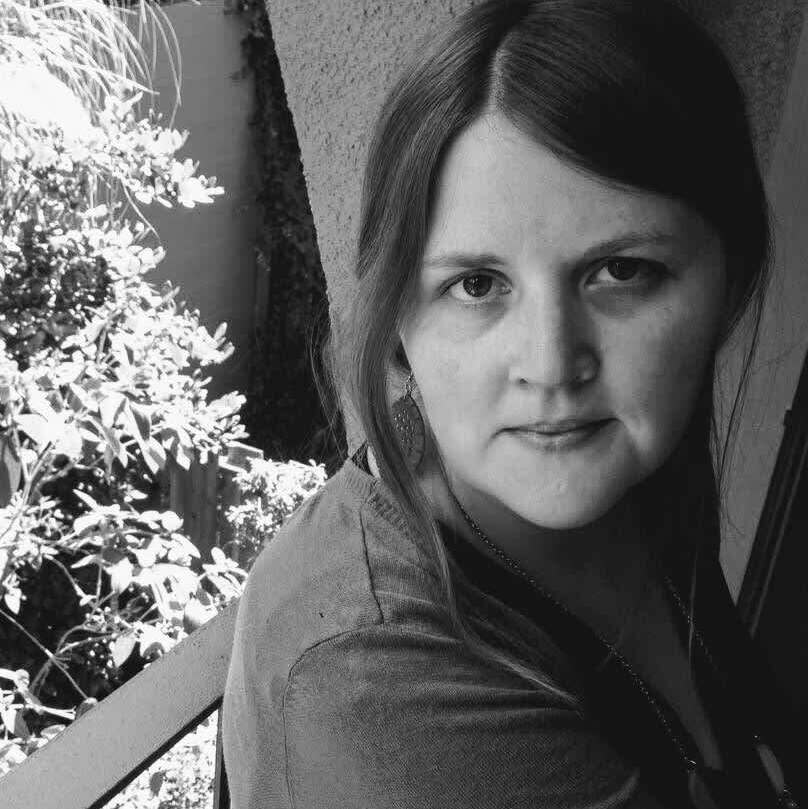Why BIPOC Students Leave Medical School at Higher Rates
- Attrition rates are higher among BIPOC students, especially those with multiple marginalized identities.
- BIPOC students leave medical school for various reasons, including having to face bias and cost.
- Schools can help increase BIPOC graduation rates by providing specialized resources and scholarships.
Due to the bias they face and the existing lack of diversity at most institutions, BIPOC students leave medical school at higher rates than their white classmates.
This summer, a Yale study published in JAMA Internal Medicine showed that the most marginalized students are the most likely to leave medical school before graduation.
In the study, dropout rates were highest among students with the following three marginalized socioeconomic situations: coming from an under-resourced neighborhood, having an underrepresented background, and being from low-income households.
Many BIPOC students are also held back by social inequalities, such as discrimination, systemic racism, and knowledge gaps, among other factors. To improve medical school graduation rates within BIPOC communities, you must first understand what drives these factors.
How Acceptance Rates and Graduation Rates Differ for BIPOC and White Students
Medical school acceptance, enrollment, retention, and graduation rates reveal whether a university is genuinely committed to diversity.
Acceptance and enrollment rates show whether each medical school recruits and admits a diverse student body. Graduation rates show how well medical schools retain these students.
In 2019, acceptance rates for BIPOC and white students were nearly equal, according to the Association of American Medical Colleges (AAMC). But graduation rates for BIPOC medical school students were 5% lower than they were for white students.
Attrition rates were also quite different, as BIPOC students dropped out at nearly twice the rate of white students. The burden of student loan debt explains some of this inequity.
Nationally, medical students incur an average of $200,000 in student loans just to pay for medical school. As such, the system privileges students from affluent backgrounds, who in the United States tend to be white. Some medical students — especially those from low-income backgrounds — cannot find stable living accommodations due to heavy student debt. Unfortunately, BIPOC students may be more likely than white students to face these challenges. Without adequate accommodations, these students are unable to study sufficiently. Therefore, remaining enrolled in medical school becomes more of a challenge for them.
Why BIPOC Students Leave Medical School More Than White Peers
Lack of diversity, systemic bias, increasing tuition rates, and family demands drive BIPOC students out of medical school at higher rates than white ones. And a BIPOC student’s further intersectional identities also play a major role — be that their socioeconomic or cultural background, gender identity, disability, or any other marginalized identity they might have.
Financial Hardship
Medical school is expensive — even applying comes with significant costs. On average, in-state students paid over $41,000 for one year of tuition in 2022-2023. Out-of-state students paid over $65,000 for tuition at both public and private universities.
The high cost of medical school can be a barrier for many students, including BIPOC ones. Discrimination, lack of systemic support, and a lack of mentors and leaders who share their cultural and socioeconomic backgrounds can discourage BIPOC students from staying in medical school.
Mental Health
According to the AMA Council, medical students are three times more likely to die by suicide than other students. Medical schools place significant stress on all students, causing and worsening mental health conditions.
During the COVID-19 pandemic, BIPOC mental health declined as mass illness and racist events played across the media and in their lives. These challenges worsen as BIPOC Americans struggle to find mental health care due to stigma and lack of BIPOC representation in the field.
Demands of Family Life
The demands of medical school require a full-time commitment. Students may struggle more to maintain a healthy work-life-school balance.
Keep in mind that during the COVID-19 pandemic 9% of Black and American Indian students reported having lost someone, compared to 3% of students from all other groups. Systemic racism in medical, financial, and educational institutions has contributed to this discrepancy. In the years after the pandemic, BIPOC students are carrying more of these burdens as they navigate medical school.
Genuine Interest in Medicine
Lack of interest is behind many students’ decision to leave medical school. Not every medical student has a genuine interest in medicine. Some lose interest, especially those who went into medical school for the wrong reasons.
BIPOC students, especially first-generation students, may choose medicine due to pressure from their families or society to counter stereotypes and portray success. For some, the pursuit eventually becomes not worth the stress.
Ways to Encourage BIPOC Students to Graduate
BIPOC students can combat some of the hardships of medical school and graduate by investing in mental health resources and finding mentors and leaders they can trust. But first, medical schools must focus on retaining BIPOC students while continuing to address bias.
Yale researchers believe that medical schools can improve graduation rates by replacing deficit-based learning models with strength-based models — amplifying each student’s unique skills and strengths instead of focusing on what they lack or need to improve on.
Another way accredited medical schools can improve medical school dropout rates is to consider debt reform. For some students, funding is the only barrier they cannot overcome on their own. Establishing scholarships and grants for BIPOC students would remove some of these financial barriers.
7 Resources for BIPOC Students Attending Medical School
Asian Pacific American Medical Student Association
APAMSA creates spaces for students of Asian descent to celebrate their culture while pursuing a medical career. Cultural sensitivity is a key aspect of their moral philosophy, and they work to spread awareness of it in the medical field.
The Latino Medical Student Association
Created to serve current and future physicians, the LMSA advocates for the health of the Latina/o community and the empowerment of Latina/o medical students. They focus on success through service and mentorship.
Association of American Indian Physicians
A cornerstone of the AAIP is to keep Indigenous students on the path to the medical field. They offer scholarships, internships, and fellowships to medical students of Native American descent. AAIP hosts a national conference among other events to support students.
Student National Medical Association
Dedicated to serving students of color, SNMA was founded to help Black medical students succeed. The organization has over 6,000 members, operates nationally, and boasts a large calendar of events focused on student success.
American Muslim Medical Student Association
AMMSA’s mission is to support Muslim students pursuing careers as physicians. Though founded recently in 2020, they are already nationally based and have events that focus on community, service, and spirituality.
National First-Generation and Low-Income in Medicine Association
FLGIMed provides financial information and resources for first-generation and low-income medical students. The organization is committed to providing better outcomes for students headed to medical school while focusing on community, empowerment, and advocacy.
Medical Student Pride Alliance
The MSPA exists to affirm and support LGBTQ+ students in their schooling. Recently founded in 2018 at Stanford University, the alliance collaborates with the AAMC and has a nationwide network.
Explore More College Resources

How to Become a Doctor in 5 Steps
To choose which field of medicine to pursue, consider your skills, interests and the training length. Explore the steps it takes to become a doctor.

by Elin Johnson
Updated April 4, 2025

Easiest Medical Schools to Get Into
Interested in medical school, but intimidated about admission requirements? Learn about the easiest medical schools to get into here.

by Liz Simmons
Updated October 2, 2024

